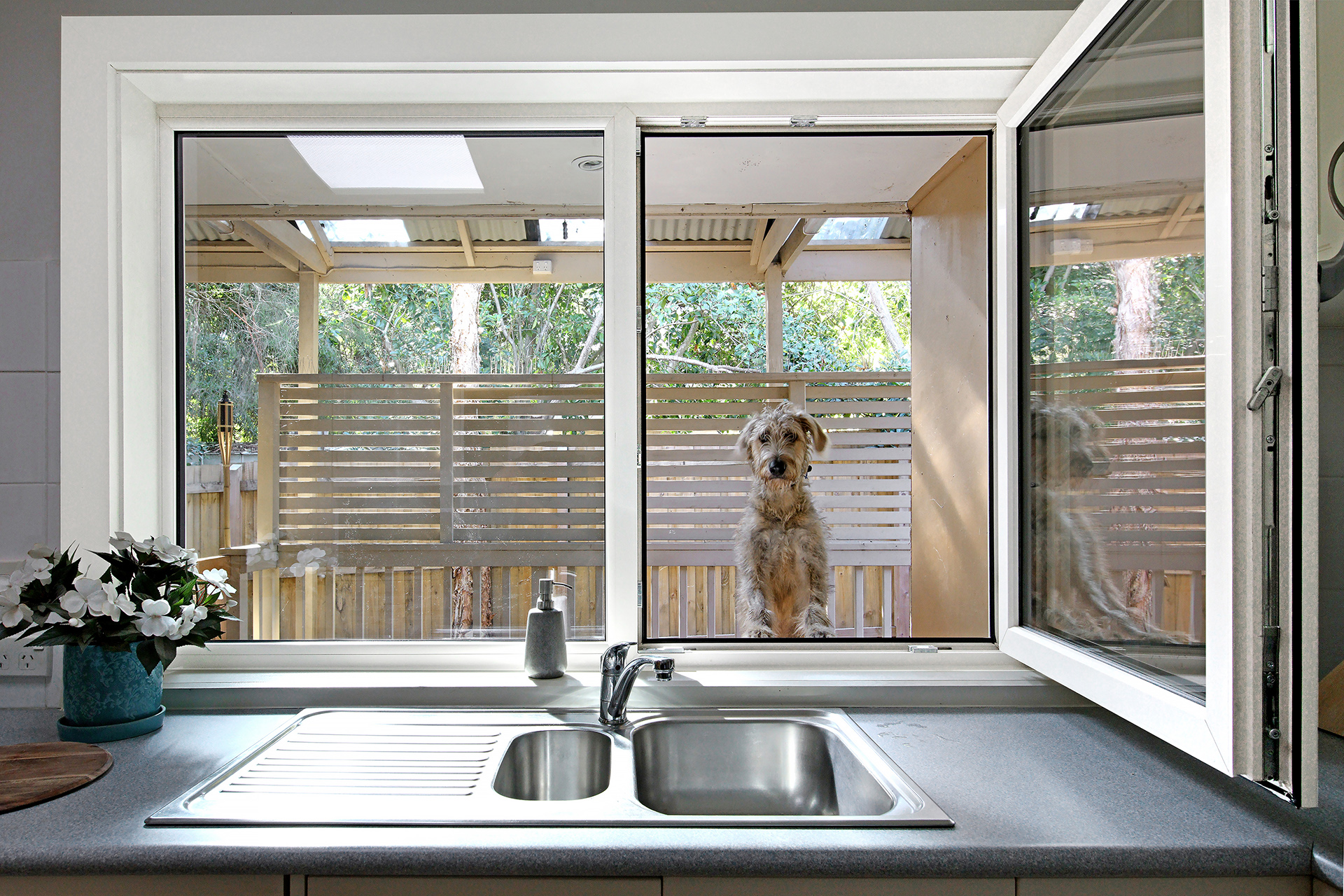All Categories
Featured
Table of Contents
Double-glazing Versus Low-e Glass in Shenton Park Perth
That window can transmit more solar heat in winter than in summer season. A west-facing window on a summer's afternoon has an angle of incidence from near 0 up to 30 with a big effective location of solar radiation. A north-facing window, in summertime, has a high angle of incidence and a low efficient area of solar radiation, so can transfer less heat than a west-facing one.

You can quickly and easily enhance the thermal efficiency of your house by replacing your windows. There are thousands of types of glass and frames to pick from.
Glazing in Kinross Perth
Single glazing with clear glass is not really effective when it comes to heat loss or gain. To improve performance, you can utilize single glazing with a more energy-efficient type of glass such as low emissivity (low-e) glass.
The energy performance of IGUs also depends on: the properties of each layer of glass. Various glass types (for example, clear and low-e glass) can be put together in an IGU.
Sustainability in Westfield WA

IGU cavities can be filled with air or a more inert, low-conductivity gas such as argon the width of the cavity. Cavity density is normally 6 to 18mm. Wider cavities offer lower (much better) U worths, with 12mm normally accepted as the favored space how well the cavity is sealed. Cavities should be dry and well sealed to prevent moisture getting in.
If argon is set up to the cavity in location of air, moisture is dependably omitted the level of desiccant (drying agent). The spacer (metal or polymer strip) that separates the glass layers contains a desiccant to absorb any moisture. Inadequate desiccant may cause wetness to condense on the glass surface in cold conditions, reducing thermal efficiency.
Which Type Of Glass Is Best For Energy Efficiency? - A&l Windows in Byford Perth
In fact, IGUs can provide better energy efficiency for all climates, particularly in heated and air-conditioned houses. Cross-section detail of single, double and triple-glazing units Low emissivity glass (commonly known as low-e glass) decreases heat transfer. Low-e glass may be either high or low transmission: High transmission low-e glass has a finishing that allows daytime from the sun to enter your house to achieve great solar heat gain, however lowers the quantity of the long wavelength infrared heat that can leave back through the window.
Low-e glass has either a pyrolytic coating or a vacuum-deposited thin movie metal coating. Pyrolytic coatings are resilient and can be utilized for any glazing; vacuum-deposited coatings are soft and are just used within IGUs. Low-e coverings can considerably enhance both U value and SHGC; nevertheless, they must be used correctly or they will either degrade or fail to carry out as required.
The Ultimate Guide To Double Glazed Windows in Beechboro Western Australia
Low-e coverings can be utilized in combination with clear, toned or reflective glass. Low-e finishings on glazing can decrease heat transfer where needed Image: Department of Industry, Science, Energy and Resources Toned glass has colouring additives included during manufacture. It is offered in numerous colours, generally bronze, grey, blue and green.
Latest Posts
Secondary Glazing: A Buyers Guide in Bibra Lake WA
Double Glazing in Swan View WA
Double Glazed Windows In The Summer in Myaree Western Australia